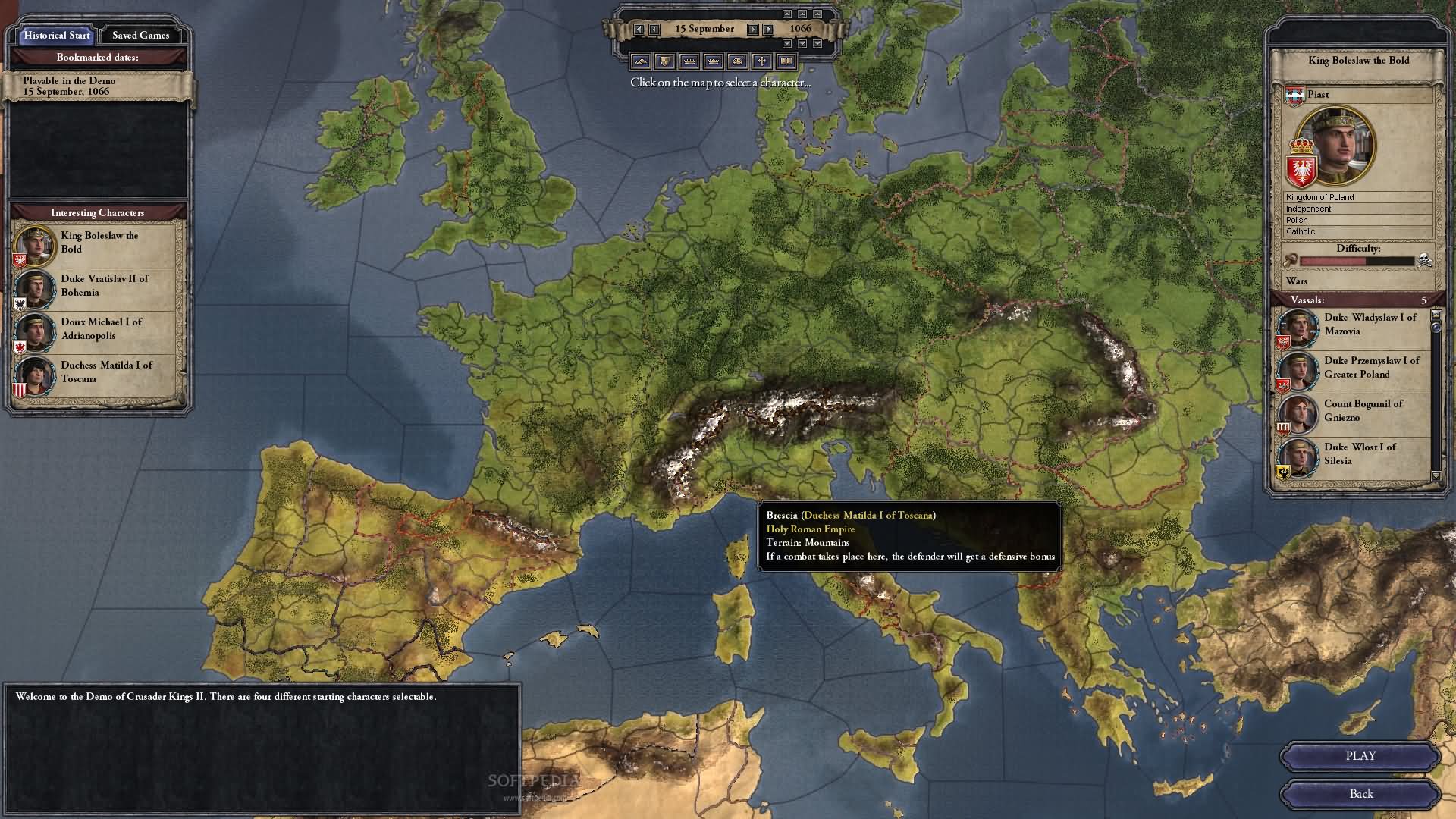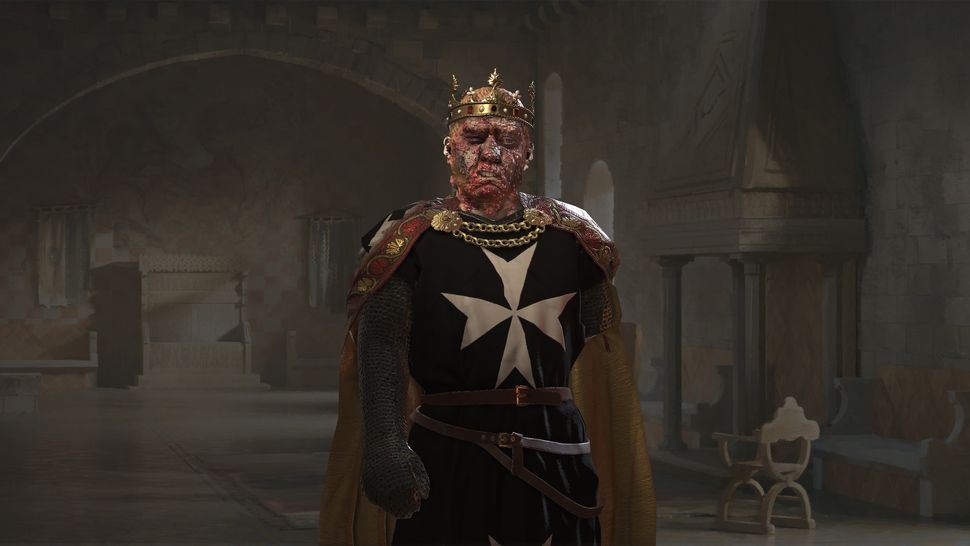

News of Edessa’s fall stunned Europe and caused Christian authorities in the West to call for another Crusade. In 1144, the Seljuk general Zangi, governor of Mosul, captured Edessa, leading to the loss of the northernmost Crusader state. Guarded by formidable castles, the Crusader states retained the upper hand in the region until around 1130, when Muslim forces began gaining ground in their own holy war (or jihad) against the Christians, whom they called “Franks.” To govern the conquered territory, those who remained established four large western settlements, or Crusader states, in Jerusalem, Edessa, Antioch and Tripoli. Having achieved their goal in an unexpectedly short period of time after the First Crusade, many of the Crusaders departed for home.

The Fall of Jerusalemĭespite deteriorating relations between the Crusaders and Byzantine leaders, the combined force continued its march through Anatolia, capturing the great Syrian city of Antioch in June 1098.Īfter various internal struggles over control of Antioch, the Crusaders began their march toward Jerusalem, then occupied by Egyptian Fatimids (who as Shi’ite Muslims were enemies of the Sunni Seljuks).Įncamping before Jerusalem in June 1099, the Christians forced the besieged city’s governor to surrender by mid-July.ĭespite Tancred’s promise of protection, the Crusaders slaughtered hundreds of men, women and children in their victorious entrance into Jerusalem. In May 1097, the Crusaders and their Byzantine allies attacked Nicea (now Iznik, Turkey), the Seljuk capital in Anatolia. All but Bohemond resisted taking the oath. When the four main armies of Crusaders arrived in Constantinople, Alexius insisted that their leaders swear an oath of loyalty to him and recognize his authority over any land regained from the Turks, as well as any other territory they might conquer.
Crusader kings 3size series#
In the first major clash between the Crusaders and Muslims, Turkish forces crushed the invading Europeans at Cibotus.Īnother group of Crusaders, led by the notorious Count Emicho, carried out a series of massacres of Jews in various towns in the Rhineland in 1096, drawing widespread outrage and causing a major crisis in Jewish-Christian relations. Ignoring Alexius’ advice to wait for the rest of the Crusaders, Peter’s army crossed the Bosporus Strait in early August. These groups departed for Byzantium in August 1096.Ī less organized band of knights and commoners known as the “People’s Crusade” set off before the others under the command of a popular preacher known as Peter the Hermit. These groups defended the Holy Land and protected Christian pilgrims traveling to and from the region.ĭid you know? In a popular movement known as the Children's Crusade (1212), a motley crew including children, adolescents, women, the elderly and the poor marched all the way from the Rhineland to Italy behind a young man named Nicholas, who said he had received divine instruction to march toward the Holy Land.įour armies of Crusaders were formed from troops of different Western European regions, led by Raymond of Saint-Gilles, Godfrey of Bouillon, Hugh of Vermandois and Bohemond of Taranto (with his nephew Tancred). The Crusades set the stage for several religious knightly military orders, including the Knights Templar, the Teutonic Knights, and the Hospitallers. Those who joined the armed pilgrimage wore a cross as a symbol of the Church. Pope Urban’s plea was met with a tremendous response, both among the military elite as well as ordinary citizens. This marked the beginning of the Crusades. In November 1095, at the Council of Clermont in southern France, the Pope called on Western Christians to take up arms to aid the Byzantines and recapture the Holy Land from Muslim control. Though relations between Christians in the East and those in the West had long been fractious, Alexius’s request came at a time when the situation was improving. In 1095, Alexius sent envoys to Pope Urban II asking for mercenary troops from the West to help confront the Turkish threat. After years of chaos and civil war, the general Alexius Comnenus seized the Byzantine throne in 1081 and consolidated control over the remaining empire as Emperor Alexius I. However, Byzantium had lost considerable territory to the invading Seljuk Turks. By the end of the 11th century, Western Europe had emerged as a significant power in its own right, though it still lagged behind other Mediterranean civilizations, such as the Byzantine Empire (formerly the eastern half of the Roman Empire) and the Islamic Empire of the Middle East and North Africa.


 0 kommentar(er)
0 kommentar(er)
